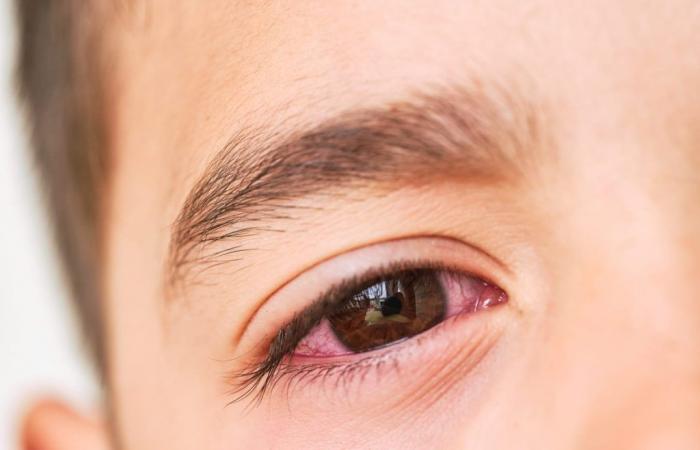By The Associated Press
Doctors prescribe antibiotics to most children and adolescents with conjunctivitis, despite guidelines advising against their use, researchers reported Thursday.
More than two-thirds of American children and adolescents who went to the doctor for conjunctivitis received a prescription for antibiotic eye drops, according to the study. The American Academy of Ophthalmology recommends that doctors not routinely prescribe antibiotics for conjunctivitis, which usually goes away on its own.
Antibiotics don’t work at all on viruses.which are the most common cause of conjunctivitis. According to the medical group, even mild eye infections caused by bacteria resolve on their own in most cases.
Conjunctivitis is very contagious and causes redness, inflammation and sometimes itching of the eyes. Often, a cold, wet towel and artificial tears are enough to relieve symptoms.
[A medida que aumentan los casos de COVID-19, los CDC recomiendan que todos se vacunen de cara al otoño]
For their study, the researchers used a national database of insurance claims from 2021. Almost 45,000 children received care for conjunctivitis at a doctor’s office, eye clinic or emergency room, and 69% were prescribed antibiotics, which come in drops and ointments.
Whether they received treatment or not, doctor visits for conjunctivitis were rare, less than 4%, according to the study published Thursday in the journal JAMA Ophthalmology.
Doctors’ offices were the ones that administered the most antibiotics to patients (72%), compared to 57% in emergency rooms and 34% in ophthalmology clinics.
That may be because eye clinics have the tools to figure out the real cause of pink eye and treat it, according to Dr. Rupa Wong, a pediatric ophthalmologist at the Honolulu Eye Clinic and a spokesperson for the eye group.
Dr. Daniel Shapiro, a pediatric emergency physician and co-author of the study, said that understand why parents may be alarmed when their children have an infection.
“The eye looks red and unpleasant, so it’s quite striking and scary,” said Shapiro, of the University of California, San Francisco.
But antibiotics should not be overused If they are not going to help, he stressed.
[Actualizan guías de vacunación contra el virus respiratorio sincitial]
The study did not delve into the specific reasons why antibiotics were prescribed or their results. But the fact that second visits were infrequent in both cases suggests that patients are not at increased risk of complications or serious problems if they are not prescribed, Wong said.
“There are more palliative measures that can be taken to make children comfortable without resorting to antibiotic eye drops,” Wong said.


